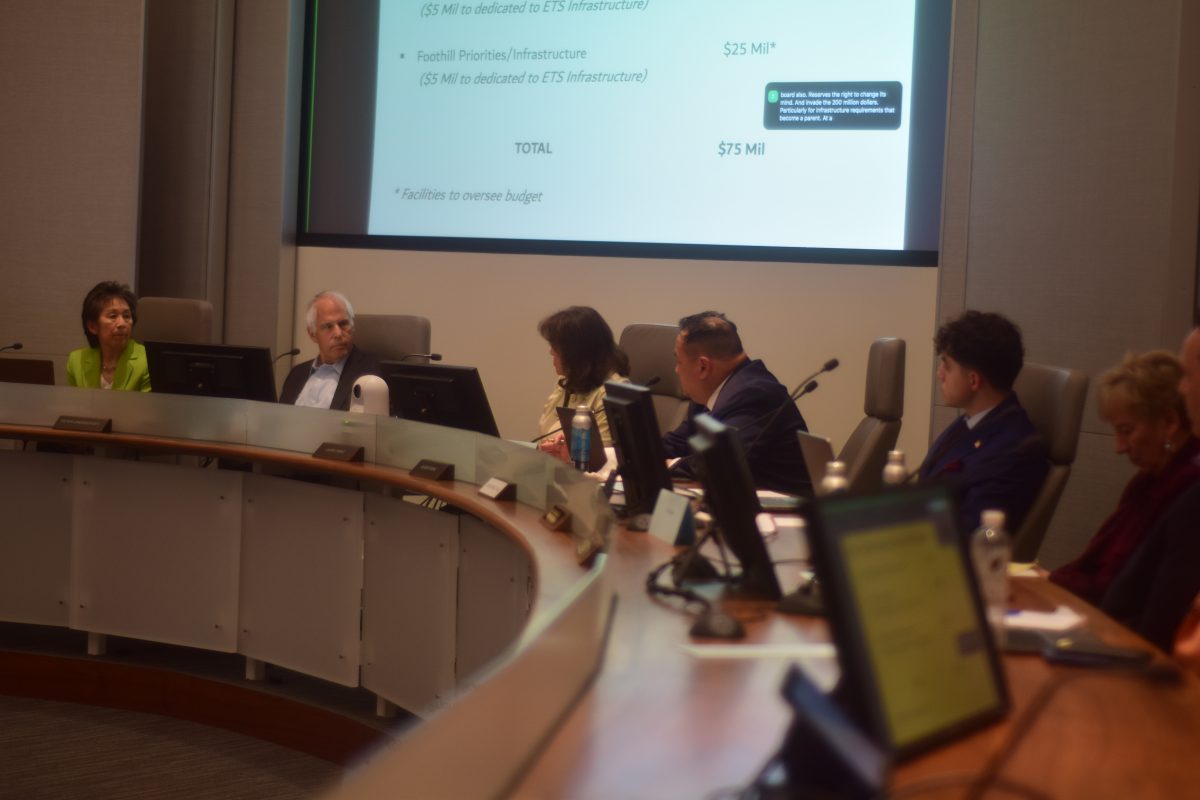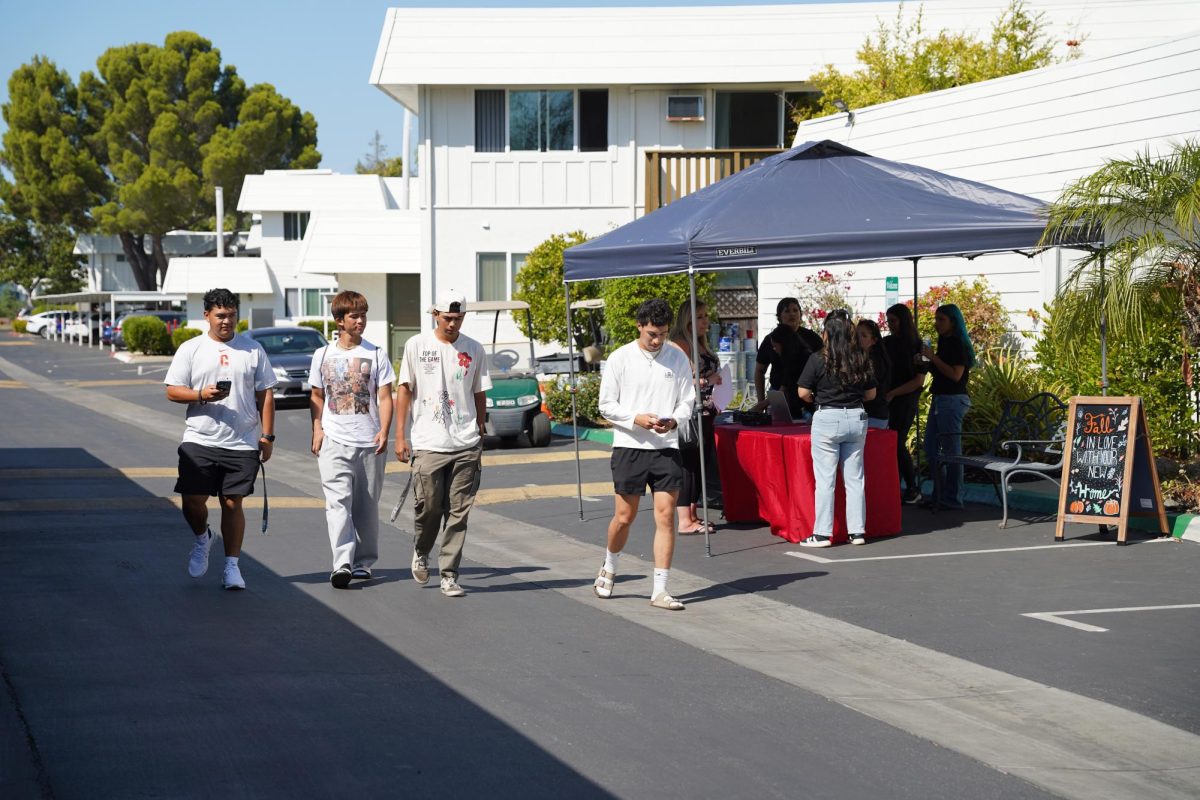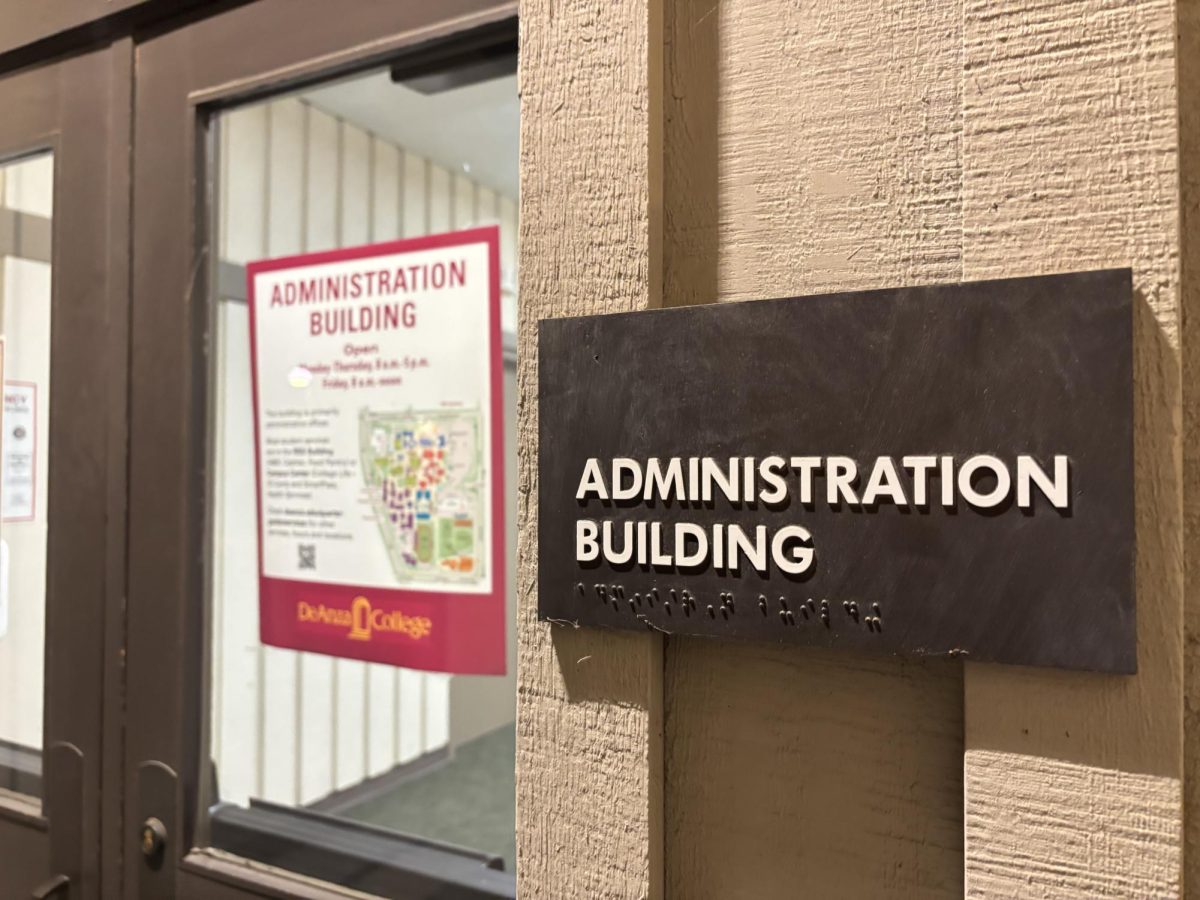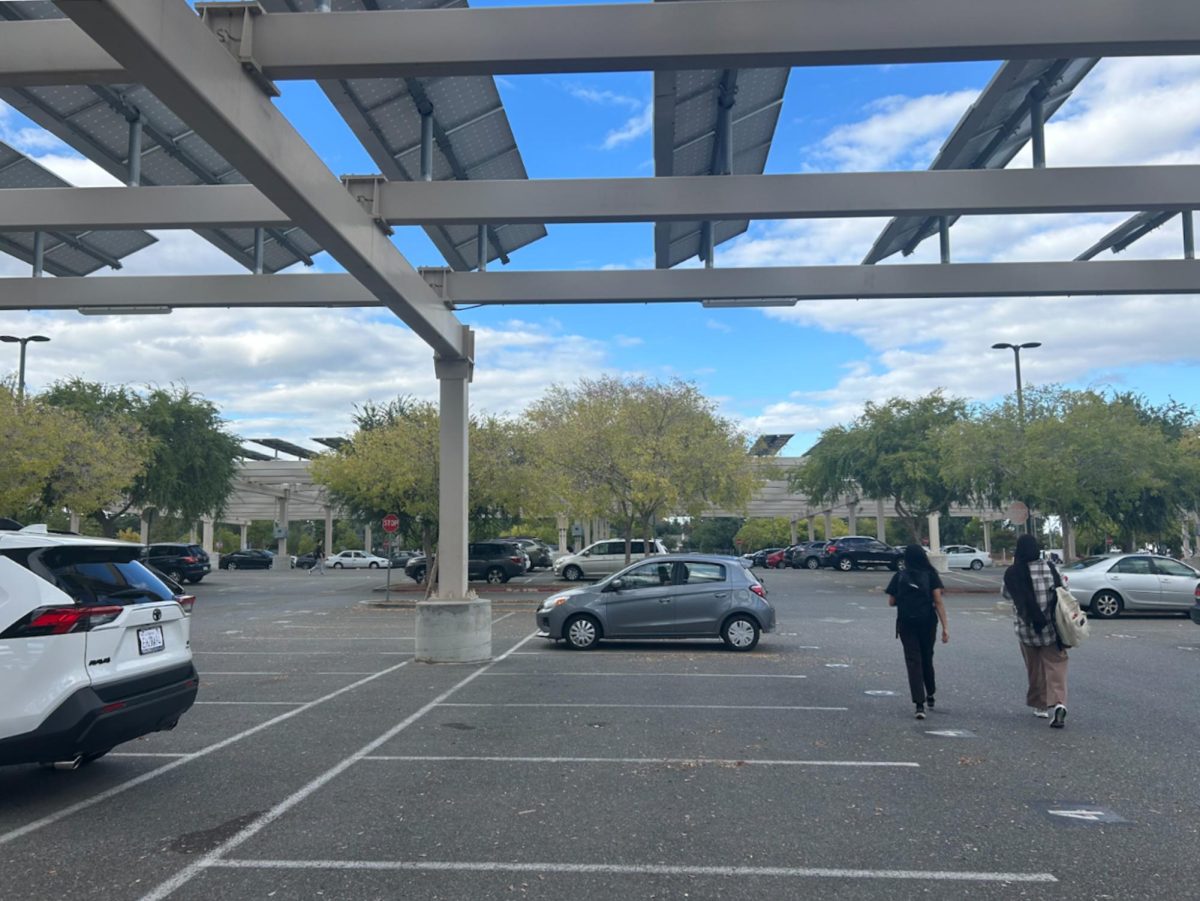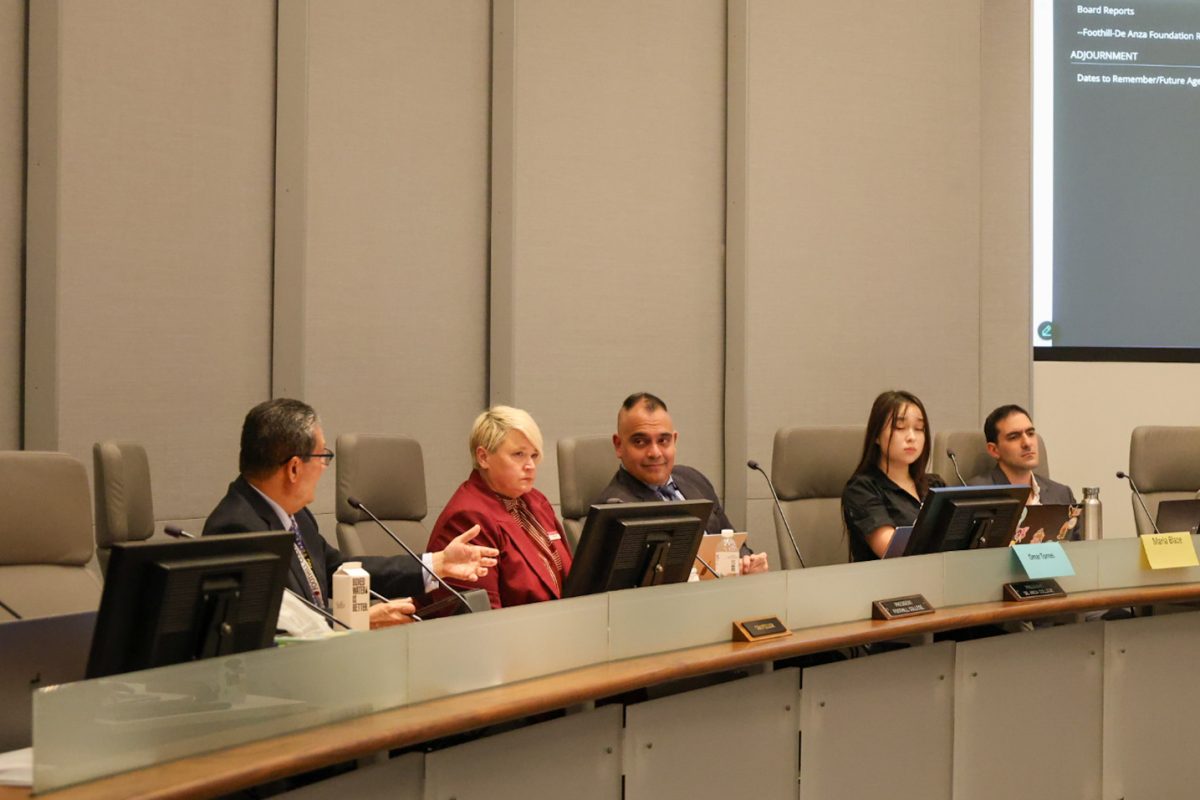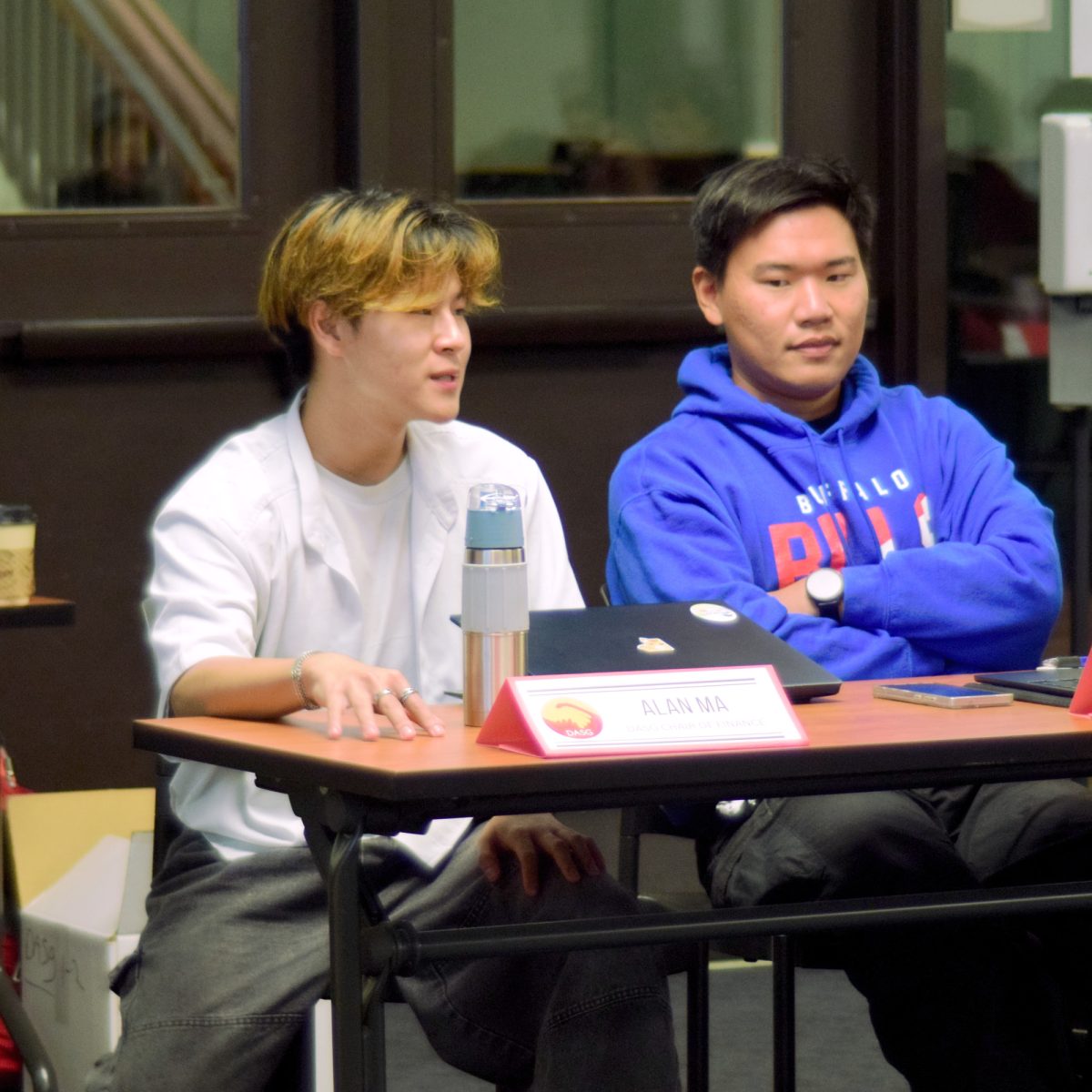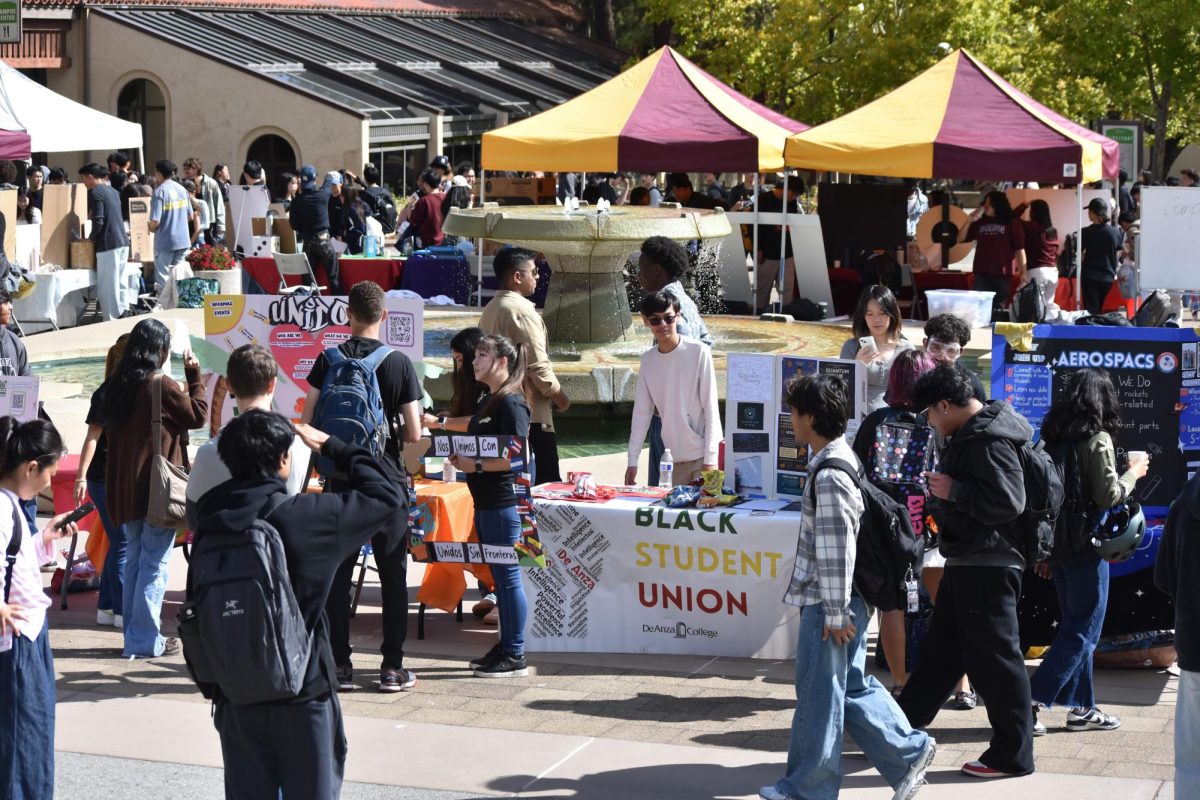Millions of dollars initially designated for a De Anza project to replace the Flint Center has been partially allocated to Foothill College’s dental clinic, following action from the Foothill-De Anza Community College Board of Trustees during their May 6 meeting.
Of the $75 million from the Measure G fund, $55 million was allocated for De Anza priorities (with budgeting left to the school) and $20 million for Foothill’s. Measure G is a $898 million bond passed by district voters in 2020 for upgrading, repairing and adding infrastructure at both colleges. Until Monday’s meeting, the board had not decided how to allocate the fund.
The decision includes an understanding that the district has the right to reallocate the $200 million designated towards employee and student affordable housing towards additional infrastructure needs “if and when the need arises” according to Board President Peter Landsberger.
Joel Cadiz, executive director of facilities and operations for the district, presented on the current Measure G fund distribution. As of April 22, 1% of the allocated funds had been spent on administrative costs and feasibility studies for the proposed projects. Cadiz said the original funds lose value daily due to inflation.
During the May 6 meeting, more than 25 people including local dentists and dental patients, students and faculty of the dental program, community advocates and community college alumni, voiced their opinions on reallocating the Measure G funds towards Foothill’s dental hygiene clinic, De Anza’s priorities or elsewhere.
Those pushing for funds to be allocated towards Foothill’s dental hygiene clinic said the existing clinic is important for equipping students with practical experience and provides affordable care to the surrounding community. It is currently inadequate as it allows for sensitive patient information to be overheard because of its cramped size, reducing students’ effectiveness not being able to store certain equipment. The clinic is not compliant with the Americans with Disabilities Act as well.
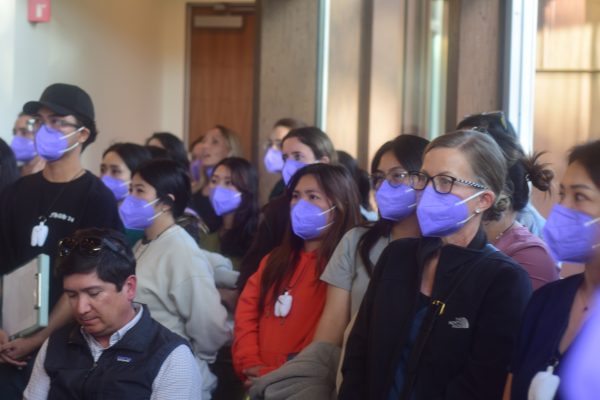
Elizabeth Robertson, a part-time instructor in the dental assistance program, said she began teaching on Saturdays because the small clinic size does not allow for balancing the needs of patients and students.
“Members of the local community who voted on Measure G are treated at this clinic, and I believe that updating the space is a way to demonstrate that the district is committed to bettering the experience of its students and residents alike which could promote further financial support in the future,” Lydia Zertuche, a first-year student in the dental hygiene program, said.
Commenters advocating for funds allocated towards De Anza’s arts and infrastructure petitioned the board to consider the recommendation of the Measure G Task Force, a group of students, faculty and classified professionals created in 2022 to factor community input into a comprehensive plan. They pushed for a flexible event space at De Anza in place of the Flint Center. She also said De Anza students had been speaking at board meetings on this topic for the past two years.
“The Task Force’s initial recommendation was received very warmly by the board,” Isabel Caballero-Texiera, De Anza student and member of the Measure G Task Force, said in an interview with La Voz. “There was a lack of communication in terms of the funds being reallocated. We were never told it was going to happen — that wasn’t by the board, that was by our administration — but while there was no vote, there was a community consensus that (De Anza) had the money because there were never any talks of reallocation until recently.”
As the board deliberated, trustees disagreed upon whether or not De Anza was promised the $75 million, with trustees Casas and Landsberger saying that no formal commitments were made and student trustee Gomez Tagle maintaining otherwise.
Erik Woodbury, president of De Anza’s Academic Senate, told the board that it had changed its mind and chose to deny the Measure G task force’s “good faith negotiation” — the task force’s understanding that their allocation plan would be implemented by the district.
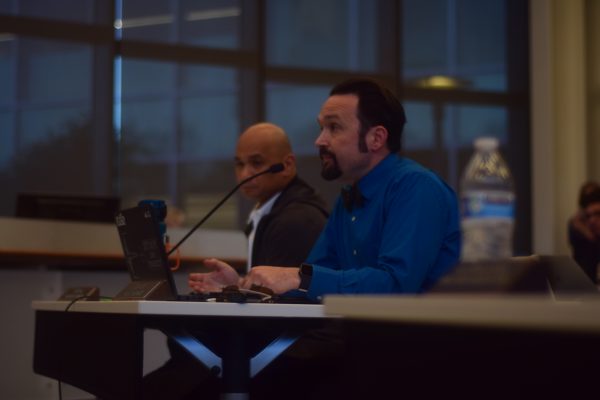
Woodbury also noted that, of the distribution going to De Anza in the motion on the table, $30 million would be overseen by facilities on the district level and $20 million would go to a flexible space addendum: De Anza would not have a say in the spending.
“Speaking as the president of the Academic Senate, if you’re wondering why we can’t have more people from De Anza here, it’s because they were here over the last two years and they have lost faith,” Woodbury said. “They don’t believe you’ll listen to them. Because they’ve done that already. This isn’t just about me. This is about fairness. I ask you to consider the number of De Anza community members that you’ve seen in this chamber as they ran that marathon in comparison to the people sprinting here today,” referring to the people advocating for Foothill’s dental hygienist and assistance programs.
Woodbury shared the Measure G Task Force’s statement asking the board to consider as much of the proposed Measure G plan as possible, which had garnered around 75 to 80 signatures.
Trustees Laura Casas, Pearl Cheng, Gilbert Wong, Landsberger and De Anza Student Trustee Javier Gomez Tagle voted in favor of this motion. Trustee Patrick Ahrens and Foothill Student Trustee Nicole Nguyen voted against it.
In addition to allocating funds, the Measure G decision also made the $200 million designated towards affordable housing — a designation that had been made clear in the ballot measure district voters voted on, community member Rhoda Fry said — is vulnerable to future infrastructure spending.
In an interview with La Voz after the board meeting, Landsberger, who proposed to expose the $200 million, shared that the board’s decision is a priority readjustment.
“If we end up in a situation where we have networking equipment that’s underwater and therefore out of commission, and no money to address that, that’s as bad as anything. We’ve admitted, essentially, that some of these long-ignored infrastructure issues may need to push out some of our ability to address what we think is the other important priority of housing,” Landsberger said. “That’s all we decided. We just acknowledged that it’s vulnerable, too, just like everything else.”
On the item of building student and employee housing, the board approved the staff recommendation of student housing near De Anza’s campus and district employee housing on Foothill’s campus.
The board also approved the De Anza Student Government and ASFC budgets, two new gender-neutral bathrooms at Foothill and a new Vice Chancellor for Organizational Effectiveness and Engagement position. The meeting was the last for Javier Gomez Tagle, the De Anza student trustee, and Nicole Nguyen, the Foothill student trustee, and both were recognized by the board.
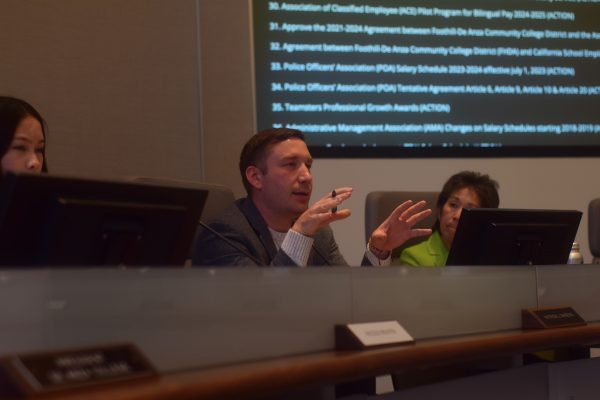
Trustees also voiced concerns that both colleges were feeling pitted against one another and stressed the urgency of finalizing a decision.
“There’s a second portion to a lot of the public comment which is not being heard that I want to make sure everyone is aware of. You’re asking us to fund your programs, but you’re asking us to cut somewhere else. We need to be intellectually honest with these decisions,” Ahrens said. “Whatever decision the board ultimately makes is not because we don’t support the arts or we don’t support the dental hygienist program. We support all of our students and we’re trying to do the most with very limited resources.”



